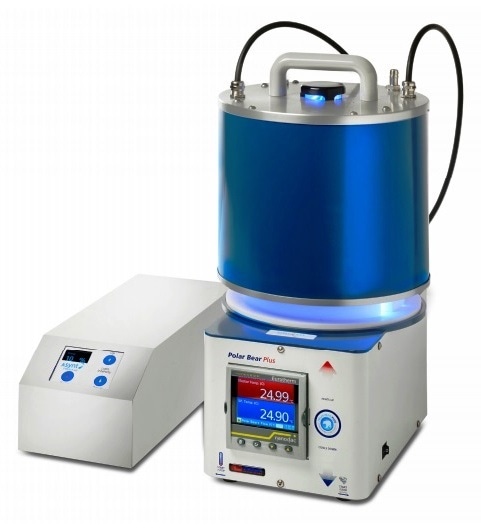The renowned Innovative Technology Centre (ITC) at the University of Cambridge, UK has used a Uniqsis PhotoSyn flow photoreactor to efficiently scale-up a radical mediated boronic acid coupling under photoredox conditions using a novel organic acridium-based photocatalyst.

The acridium-based organic photocatalyst, developed by the University of Cambridge, is demonstrated to be an efficient replacement for iridium-based photocatalysts used to oxidize boronic acid derivatives by a single electron radical coupling process.
By eliminating the control, scale-up and safety problems associated with traditional batch photoreactors – the Uniqsis PhotoSyn LED photochemical flow reactor enabled synthetic chemists at the University of Cambridge to straightforwardly scale a photoredox cross-coupling of boronic acids in 81% yield with gram per hour throughput. In the described work, the researchers also used a Uniqsis Flow-UV inline UV-Vis spectrometer to conveniently monitor steady state.
Using a pair of enclosed large-format LED arrays to concentrate the light inwards onto a central coil reactor, the Photosyn is able to provide sufficient light to facilitate reactions in coil reactors (up to 50 ml) enabling efficient photochemical synthetic work at larger scales.